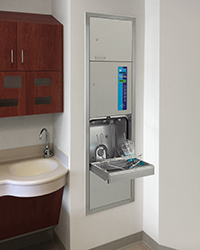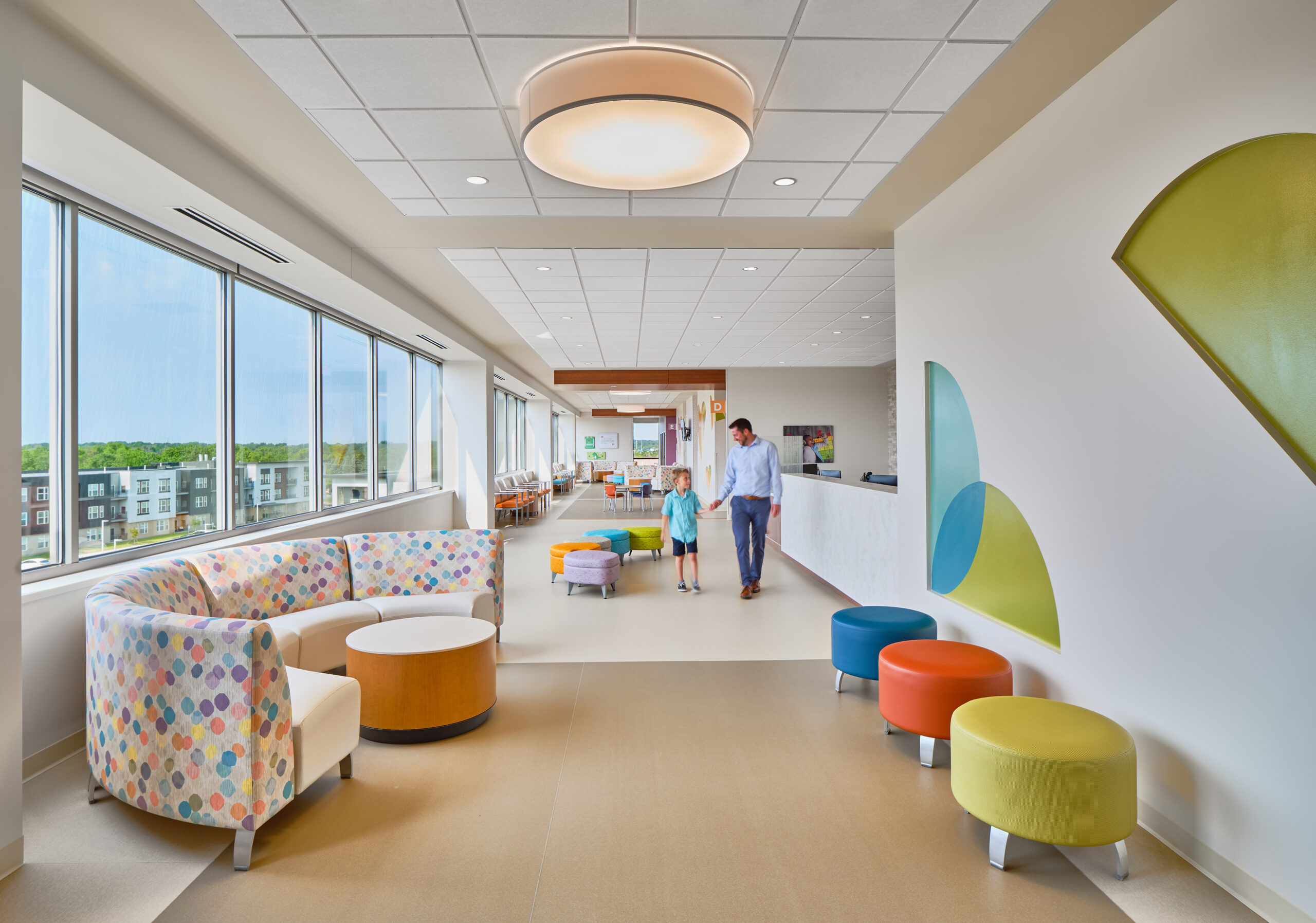 Hospital-acquired infections (HAIs) contribute to approximately 99,000 deaths in the U.S. each year, according to the Center for Disease Control. These various infections, which can be antibiotic resistant, affect approximately 1.7 million people annually and can cause severe pneumonia and infections in the bloodstream.
Hospital-acquired infections (HAIs) contribute to approximately 99,000 deaths in the U.S. each year, according to the Center for Disease Control. These various infections, which can be antibiotic resistant, affect approximately 1.7 million people annually and can cause severe pneumonia and infections in the bloodstream.
Patients who undergo invasive procedures are at a higher risk of contracting HAIS. Invasive procedures that may contribute to the contraction of an HAI can range from surgery to simply having an IV placed.
With new health care technologies on the market, however, health care facilities are fighting to reduce the prevalence of HAIs to ensure the safety of patients, visitors and health care staff. Jacie Volkman, MPH, CIC, is an infection control consultant for MEIKO USA, a disinfection appliance manufacturer, who has seen firsthand the benefits of HAI fighting technologies and design techniques.
They not only protect patients from infections, but they can protect visitors and staff as well, since anyone in contact with a patient or contaminated equipment are also at risk of infection, Volkman said. They can also increase the efficiency of the health care provider by helping to establish best practices at the point of care.
The failure to appropriately clean hands, equipment or patient rooms in between patients can lead to HAIs. Effective and accessible disinfection technologies can reduce the likelihood of these infections, Volkman said.
Designing a room where PPE (personal protective equipment) is available where sinks are accessible for hand washing, surfaces are antimicrobial, equipment and supplies can be disinfected easily is a practical way to decrease the risk of infection, she said. With things like these Storemasta PPE Cabinets available, storing this safety equipment is easily done. Things like face masks, hand sanitizer, and medical equipment can be offered in these cabinets. Offering not only patients but also employees equipment like you can find on sites such as ppesuppliesdirect.com and others, will greatly decrease the likelihood of infection spreading.
Intensive Care Units in particular are considered the highest risk areas of the hospital due to the fact that most patients have some sort of invasive procedure or device, Volkman said.
Some new technologies, or reengineering of old technologies, include UV light disinfection, bedpan washers, antimicrobial surfaces and textiles, Shark pattern surfaces and automated hand-washing machines, Volkman said. The inclusion of these technologies can free up more time for health care staff to attend to patient needs more quickly and efficiently.
Making it easy to do the right thing, and to be able to do it at the bedside, makes care more efficient and increases the caregivers ability to focus on the patient, Volkman said.
Some examples of facilities focusing on the reduction of HAIs are Sentara Healthcare, which features copper infused surfaces, and the University of North Carolina Chapel Hill, which has used UV light for disinfection, Volkman said. More hospitals throughout the nation are also using bedpan washers.
Technologies and design strategies to reduce HAIs are an invaluable investment in hospitals, Volkman said.
The first step is figuring out how to make it easy for caregivers to do the right thing, she said. Facilities also need to understand that may mean a little work or cost up front, but in the end, you cant put a price on the lives you save.





